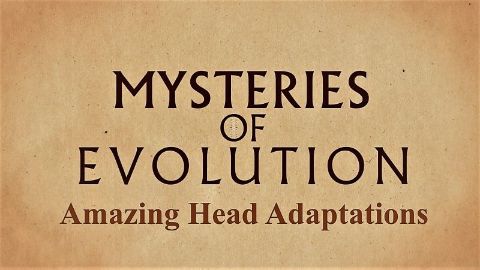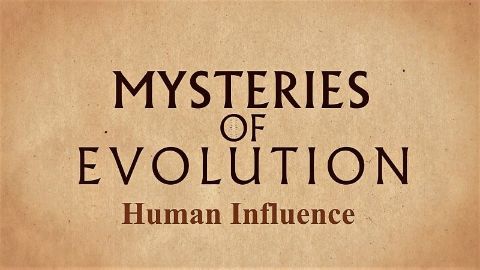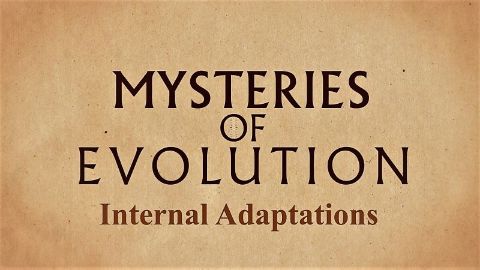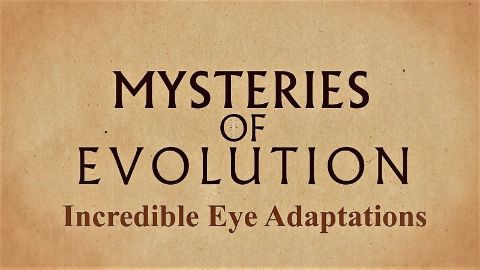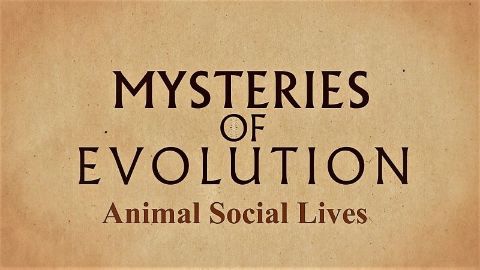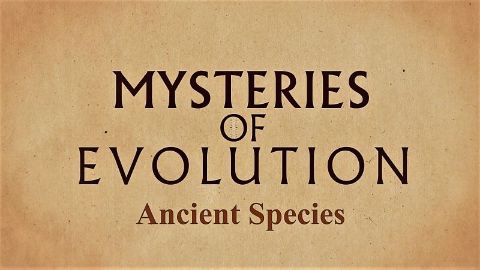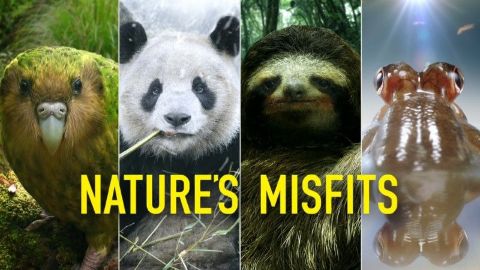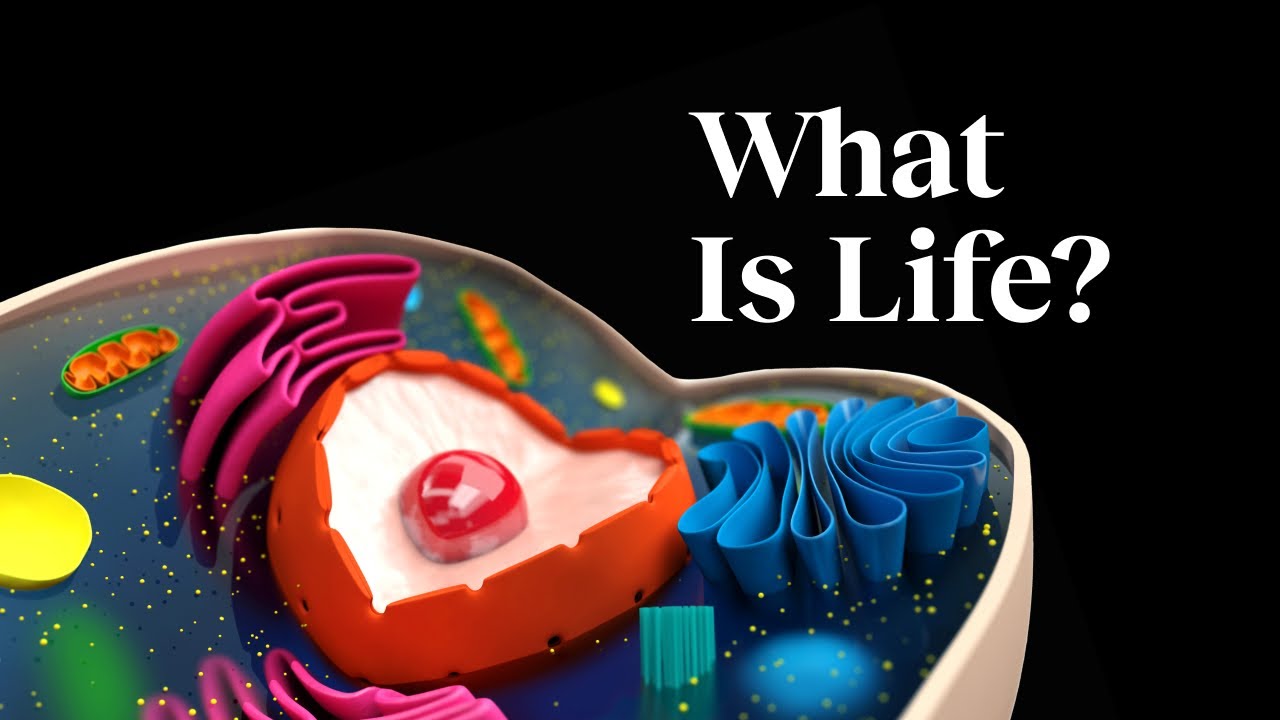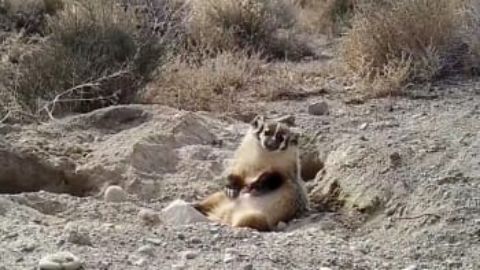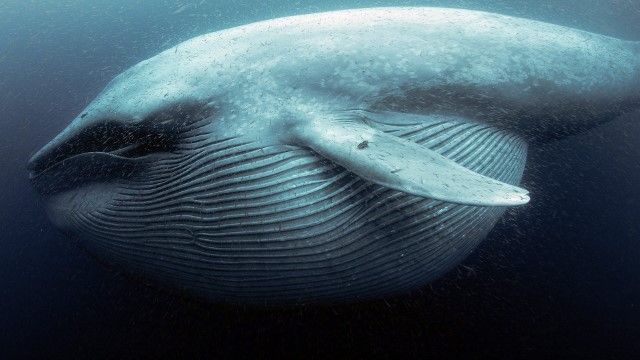Mysteries of Evolution • 2017 • 6 episodes •
Why are vultures bald? Why do some orangutans have big cheeks? And if giraffes have long necks to help them reach the highest leaves, why do they mostly eat low-lying shrubs? Embark on a whirlwind tour around the world as we explore some of nature's most-fascinating evolutionary wonders.
2017 • Nature
When did we start riding horses? When did dogs become man's best friend? Answering questions like these help us understand our impact on other species' evolutionary journeys - a crucial step toward ensuring our survival doesn't necessarily come at the expense of their own.
2017 • Nature
Clownfish can change genders, male seahorses carry their young, and some snakes have remnants of leg bones--but why? Discover how significant evolutionary changes inside these creatures have equipped them for survival.
2017 • Nature
From penguins whose salt-removing eye glands shield them from the harsh ocean to caterpillars whose fake facial markings are meant to mimic a snake's, animals have evolved in amazing ways to see and be seen. Meet these creatures and see how they use eyes and illusions to their advantage.
2017 • Nature
Bees and ants work selflessly toward a common goal. Bonobos maintain social harmony through sex, while meerkats organize themselves with military-level discipline. What do these creatures all have in common? The basic recognition that their survival hinges on an ability to work and live together.
2017 • Nature
The older a species, the better it is at adapting to change. From the ancient lineage of sharks, who've evolved into perfect predators, to the living fossil known as the bichir, get a closer look at some of nature's enduring evolutionary masters.
2017 • Nature
